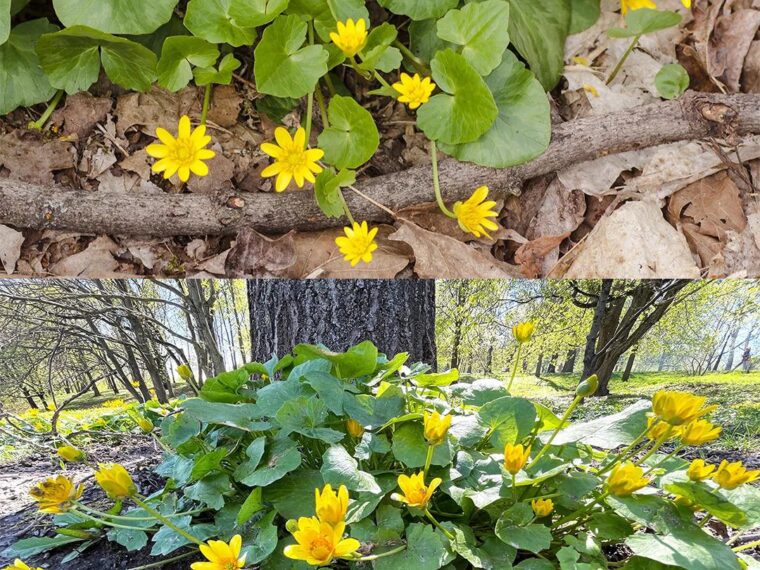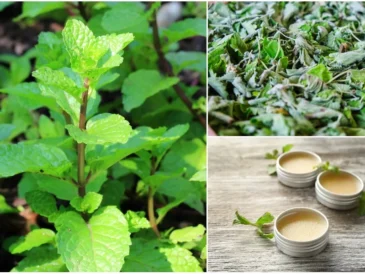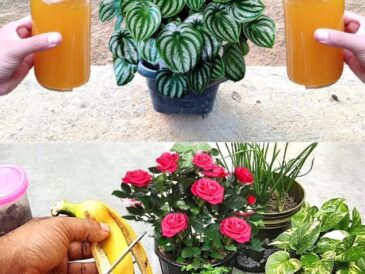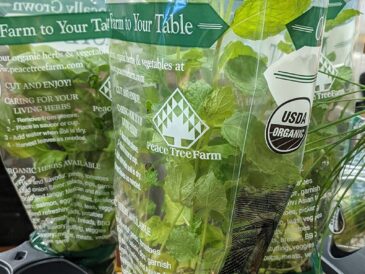🌱 Modern Herbal Use and Regulation
Today, Lesser Celandine is rarely used in mainstream herbalism due to its toxicity and the availability of safer alternatives. However, some specialized herbalists may still use it in carefully prepared external remedies.
In homeopathy, extremely diluted preparations of Lesser Celandine (under the name Ficaria) are used in treatments for varicose veins and rectal conditions, though scientific evidence is limited.
❗ Invasive Nature and Garden Warnings
Lesser Celandine is considered invasive in parts of North America. It spreads rapidly through tubers and bulbils, often choking out native spring wildflowers like trilliums and violets.
If you spot it in your garden:
- Avoid spreading the plant via mowing or tilling.
- Remove small infestations early.
- Never compost the roots or bulbs — they can regrow.
✅ Safe Usage Summary
| Use | Safe? | Notes |
|---|---|---|
| Raw Consumption | ❌ | Toxic, can cause serious side effects |
| Cooked/Eaten | ❌ | Still not recommended |
| Topical (home-prepared) | ⚠️ | Only with dried/processed plant; risk of skin irritation |
| Commercial Creams | ✅ | Only if made by a reputable source |
| Homeopathic Dilutions | ✅ | Extremely diluted and generally safe |
🌸 Final Thoughts: Beauty and Caution in Balance
Lesser Celandine (Ficaria verna) is a striking symbol of spring’s arrival — and a reminder that nature’s medicines come with complexity. While its traditional use for hemorrhoids and varicose veins is well-documented, its toxicity means it should only be used with great caution and preferably under expert guidance.
Whether admired in the wild or studied for its medicinal past, Lesser Celandine teaches us an important truth: that powerful remedies must always be treated with respect.




